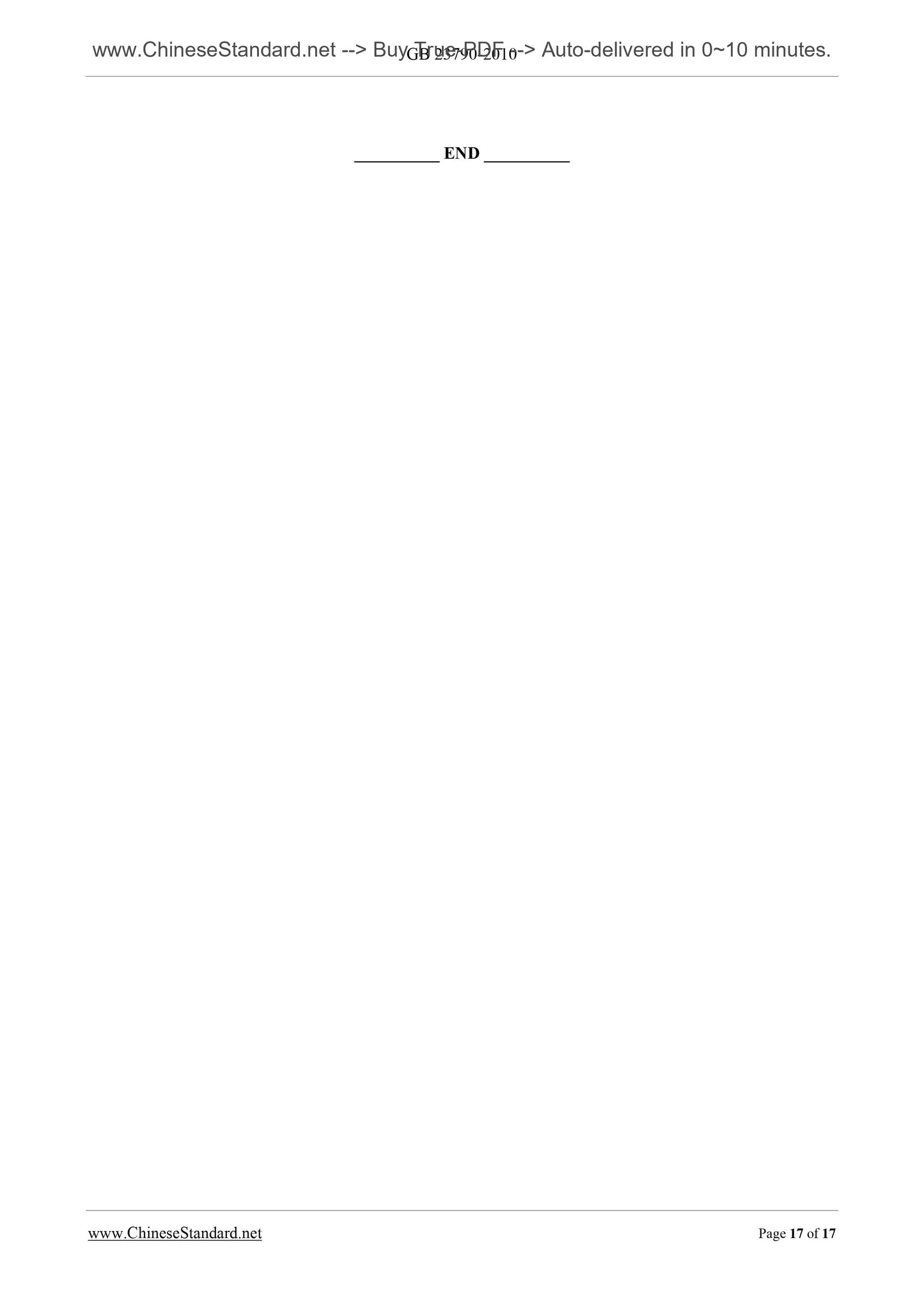1
/
of
6
PayPal, credit cards. Download editable-PDF & invoice in 1 second!
GB 23790-2010 English PDF
GB 23790-2010 English PDF
Regular price
$85.00
Regular price
Sale price
$85.00
Unit price
/
per
Shipping calculated at checkout.
Couldn't load pickup availability
GB 23790-2010: National food safety standard -- Good manufacturing practice for powdered formulae for infants and young children
Delivery: 9 seconds. Download (and Email) true-PDF + Invoice.Get Quotation: Click GB 23790-2010 (Self-service in 1-minute)
Newer / historical versions: GB 23790-2010
Preview True-PDF
Scope
This Standard is applicable to manufacturers of powdered formulae for infants and youngchildren (including powdered formulae for infants, powdered formulae for older infants
and young children) with milk or soybean and its processed products as main materials.
Basic Data
| Standard ID | GB 23790-2010 (GB23790-2010) |
| Description (Translated English) | National food safety standard -- Good manufacturing practice for powdered formulae for infants and young children |
| Sector / Industry | National Standard |
| Classification of Chinese Standard | X82;C53 |
| Classification of International Standard | 67.100.10 |
| Word Count Estimation | 11,131 |
| Date of Issue | 2010-03-26 |
| Date of Implementation | 2010-12-01 |
| Older Standard (superseded by this standard) | GB/T 23790-2009 |
| Quoted Standard | GB 12693; GB/T 18204.1; GB 5749; GB 13432 |
| Regulation (derived from) | Circular of the Ministry of Health (2010)7 |
| Issuing agency(ies) | Ministry of Health of the People's Republic of China |
| Summary | This Chinese standard applies to milk or soy and its processed products as the main raw material of powdered infant formula (including powdered infant formula, powdered formula foods for older infants and young children) of production enterprises. |
Share











